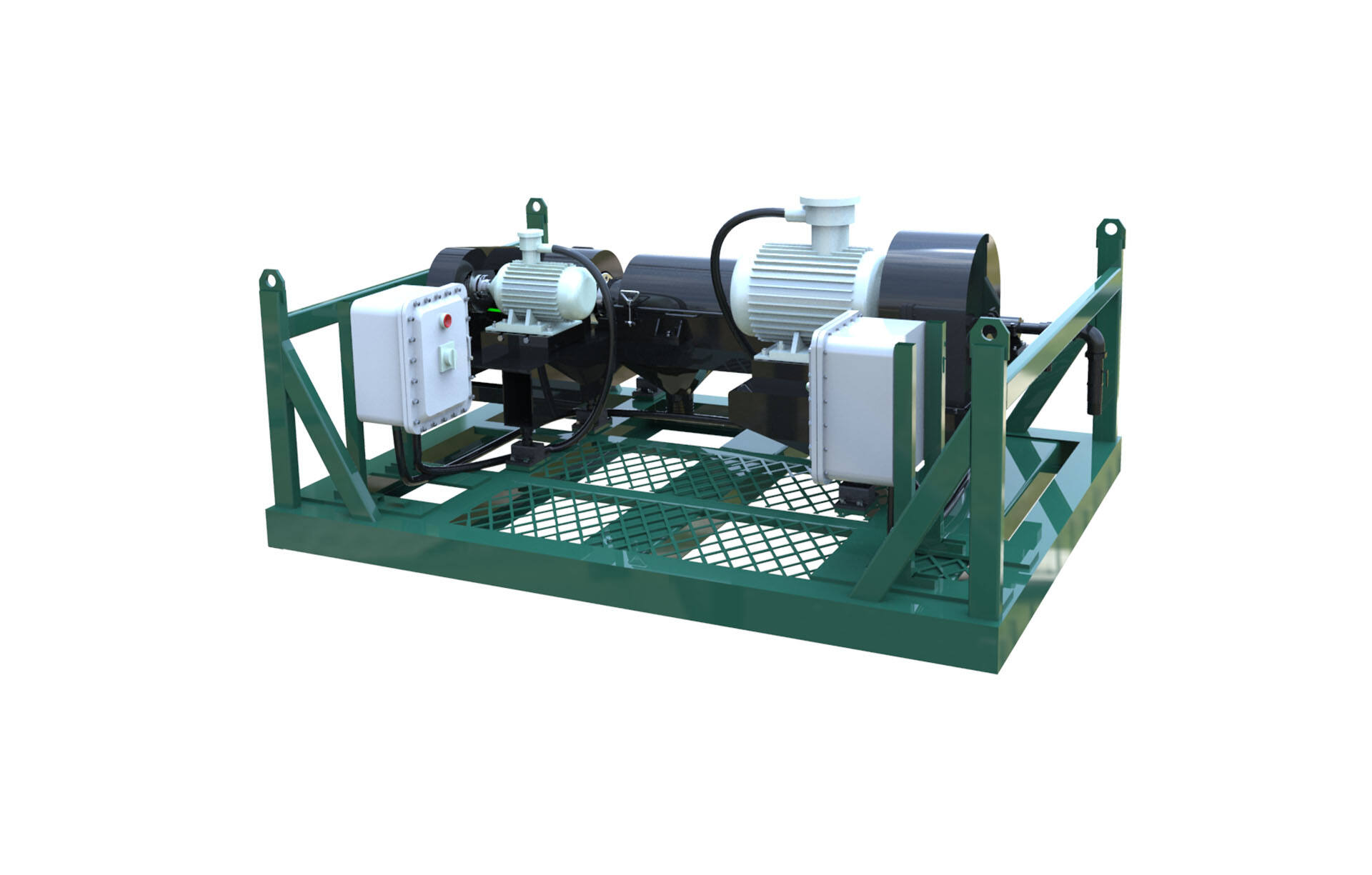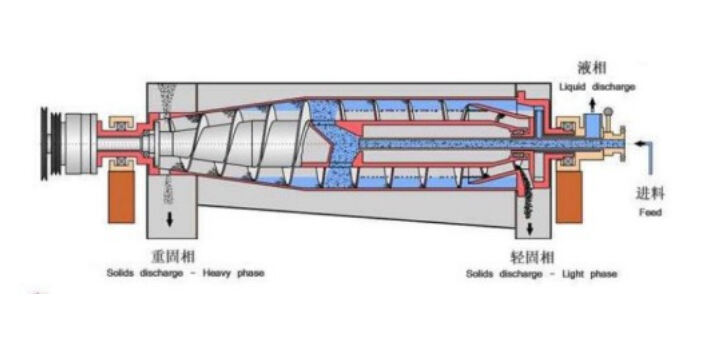drilling mud cooling system
A drilling mud cooling system is an essential component in modern drilling operations, designed to maintain optimal temperature control of drilling fluids during the extraction process. This sophisticated system comprises heat exchangers, circulation pumps, temperature sensors, and control units working in harmony to regulate mud temperature effectively. The primary function involves removing excess heat generated during drilling operations, which occurs due to friction between the drill bit and formation, mechanical energy from pumps, and geothermal heat from deep wells. The system operates by circulating the hot drilling mud through specialized heat exchangers, where thermal energy is transferred to a cooling medium, typically water or air. Advanced monitoring systems continuously track mud temperature at various points, ensuring it remains within specified parameters. This temperature control is crucial for maintaining proper mud viscosity, preventing thermal degradation of drilling fluid additives, and protecting downhole equipment from heat-related damage. The system's design incorporates redundant cooling capacity to handle peak thermal loads and emergency situations, while also featuring energy-efficient operation modes for cost-effective performance. Modern drilling mud cooling systems are equipped with automated controls that adjust cooling intensity based on real-time temperature data, optimizing both performance and energy consumption.


